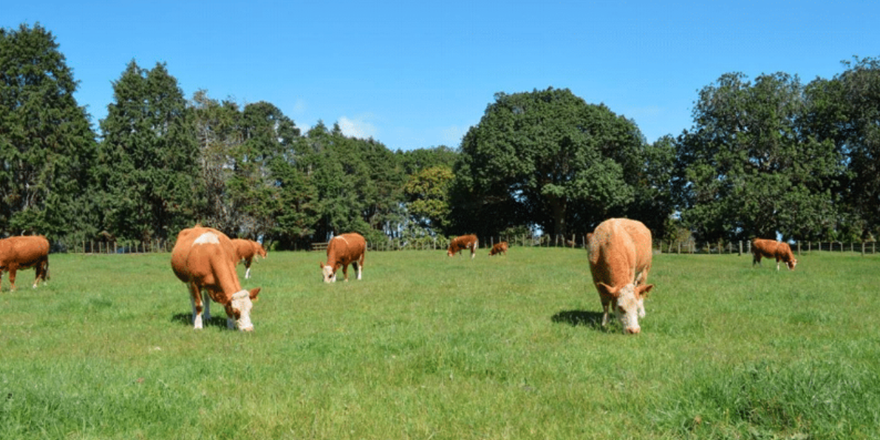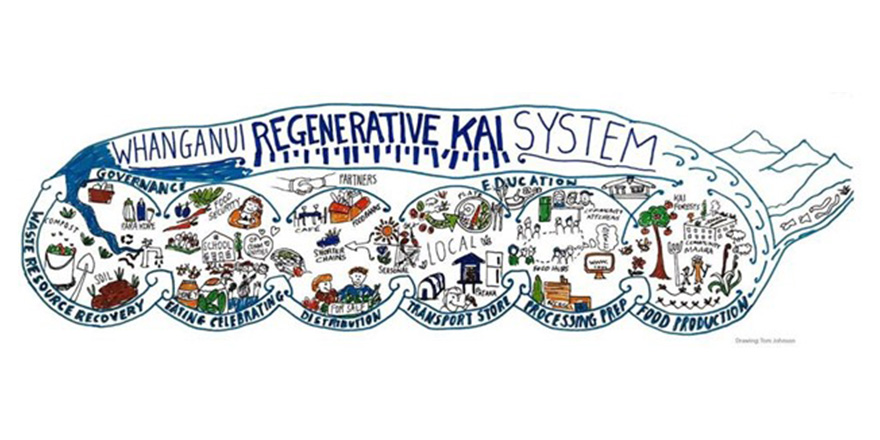
Executive Summary
The first settlers were recognised for establishing farms and runs by breaking in land, building boundary fences, establishing key farm infrastructure, processing facilities and forging development of new distribution channels. Pastoral farming[1] rapidly became the mainstay of the New Zealand economy, creating the fabric of rural communities, provincial towns and provided the opportunity for urban citizens to flourish. The last 20 – 30 years has witnessed exponential change globally in land use, ownership, labour supply, technology and urbanisation. As the resulting global expansion puts pressure on natural resources measures of value, priorities and political points of view, the need for change is being realised and vocalised.
In this research there is an exploration of digital transformation forming the convergence of the physical and biological world, with the digital and virtual world in the context of pastoral farming and virtual fencing. Readers will be familiarised with the establishment and use of fences, the associated legislation, a foundation of livestock and pasture management and the art of livestock grazing to formulate the basis of fencing today. This holistic view provides the backdrop to understand the opportunity virtual fencing has for digitally transforming existing farming practices and assessment against industry priorities and political policies driven by voters, consumers and shareholders.
The research provides the following broad conclusions:
- The uses of fences on pastoral farms are proven through history and fundamentally aren’t expected to change despite the introduction of virtual fencing technology.
- Other than pest or wild animal control virtual fencing has the potential to be a foundation technology and catalyst for digital transformation of New Zealand pastoral farming.
- Virtual fencing will resolve or enable the resolution of many of the items represented in the contextual overview by Hon. Damien O’Connor, the Grassroots Roundtable, the industry priorities and political policies.
- Most importantly, to achieve digital transformation and therefore large-scale change will require strong leadership from the pastoral industry, technology innovation and regulatory changes from government to shift from the status quo.
The following smooth the way for adoption and to capitalise on the opportunities presented for virtual fencing:
- Monitor New Zealand trials of virtual fencing technologies.
- Review research relating to environmental exclusion zones and perform detailed cost benefit analysis.
- Appoint industry lead working group/s to drive legislation reviews and changes.
- Investment in digital transformation strategies for pastoral farming.
Disruption of New Zealand pastoral farming will be determined by voters and the industry stakeholders as masters of New Zealand’s destiny on the supply side or by international business and consumers on the demand side to reach new value. Leaders need to inspire pastoral farming beyond the status quo in order to capitalise on Fourth Industrial Revolution technologies, like virtual fencing, to improve national productivity and move the value web into the global frontier position across food and fibre production, processing and products.
[1] Pastoral farming is a form of agriculture aimed at producing livestock, rather than growing crops. Examples include dairy farming, raising beef cattle, and raising sheep for wool (Wikipedia, 2018).




